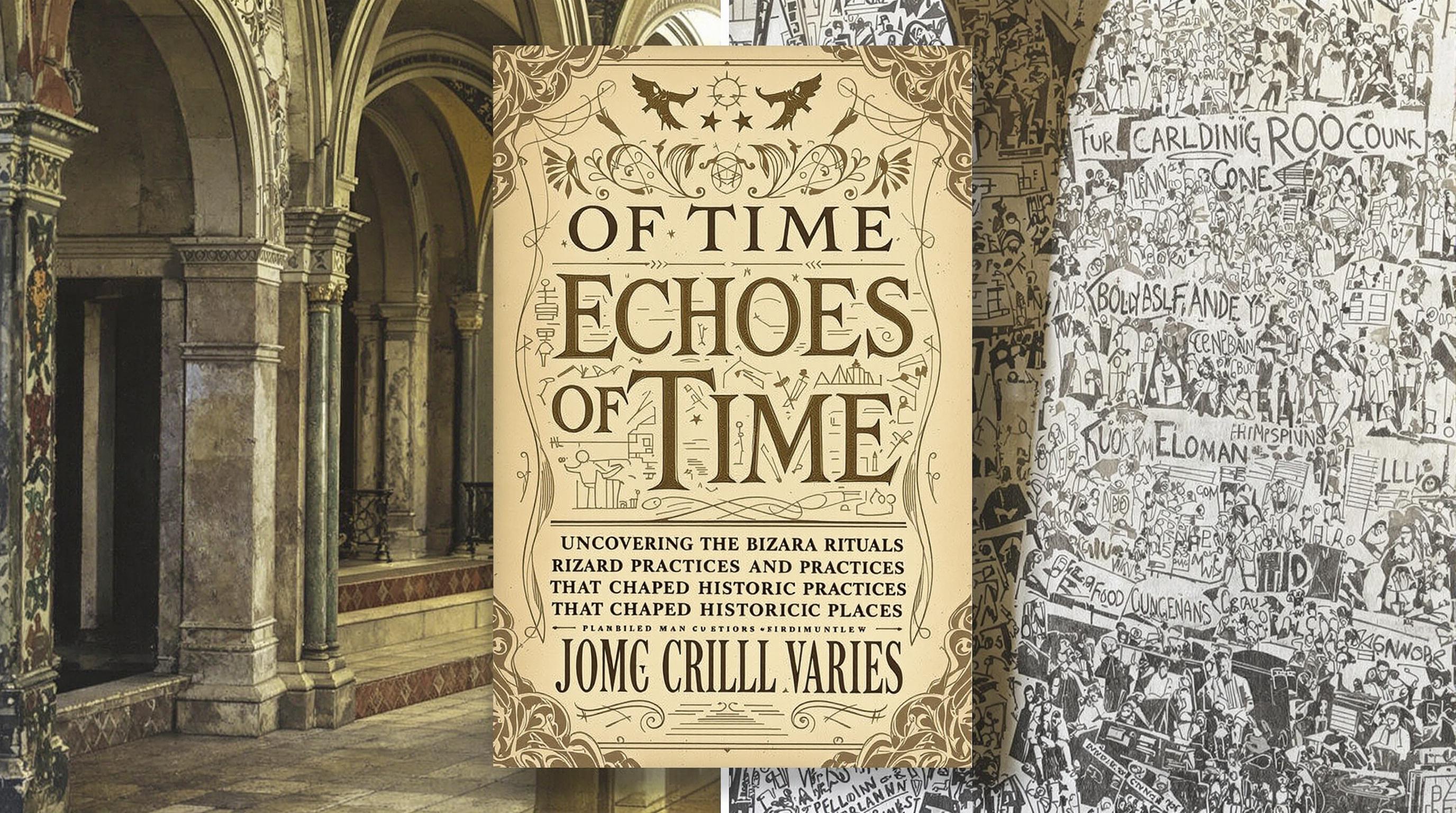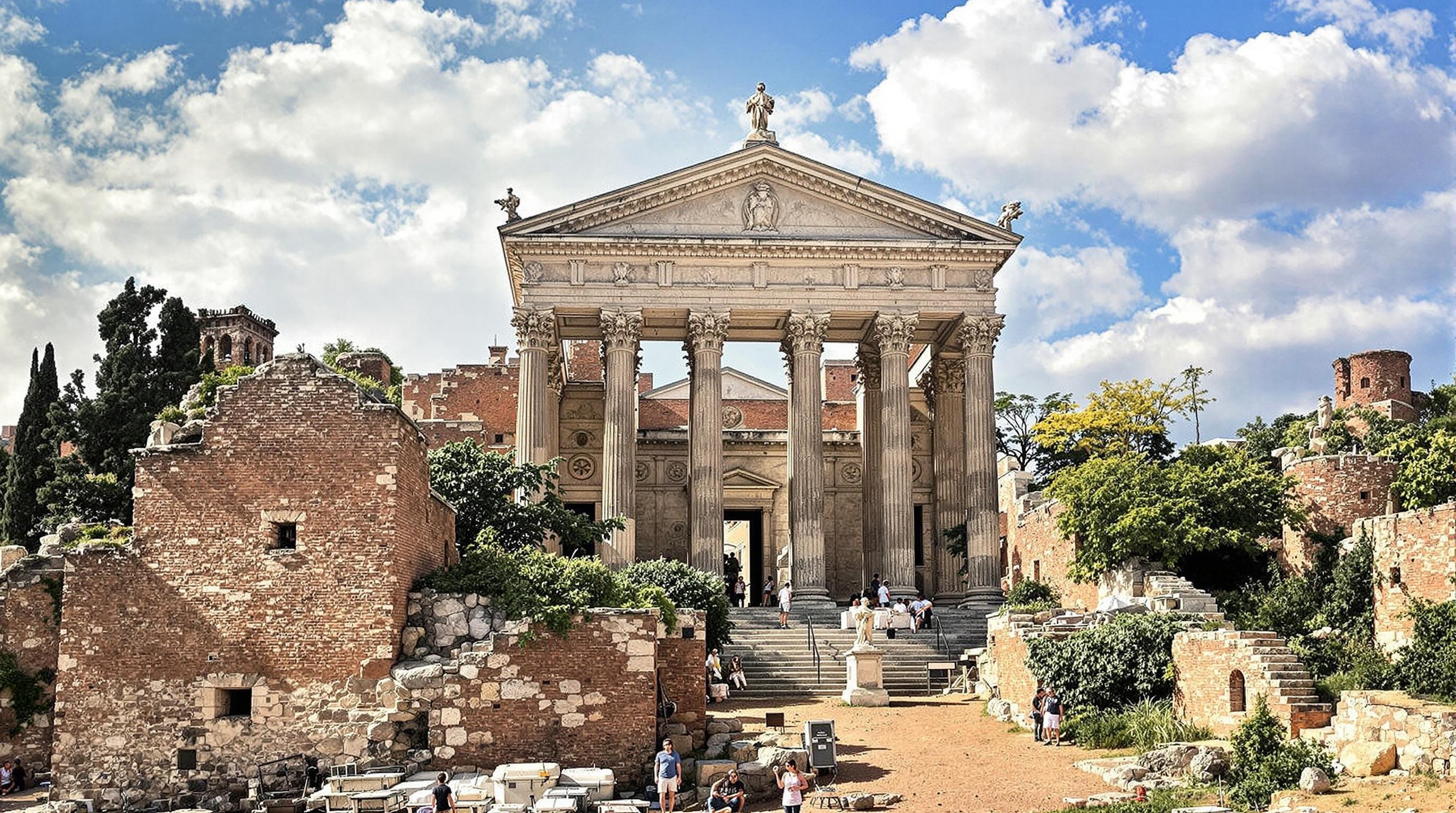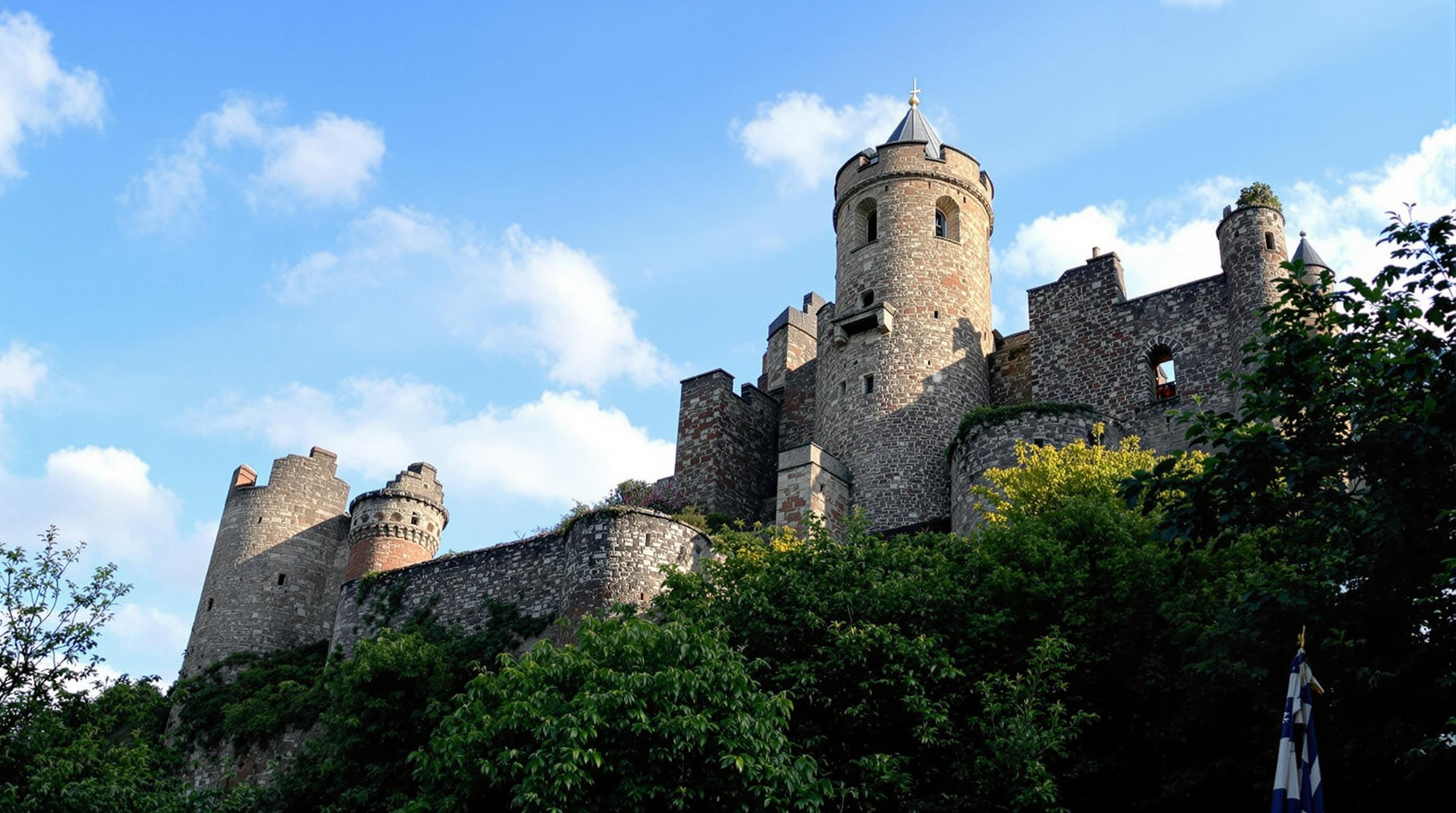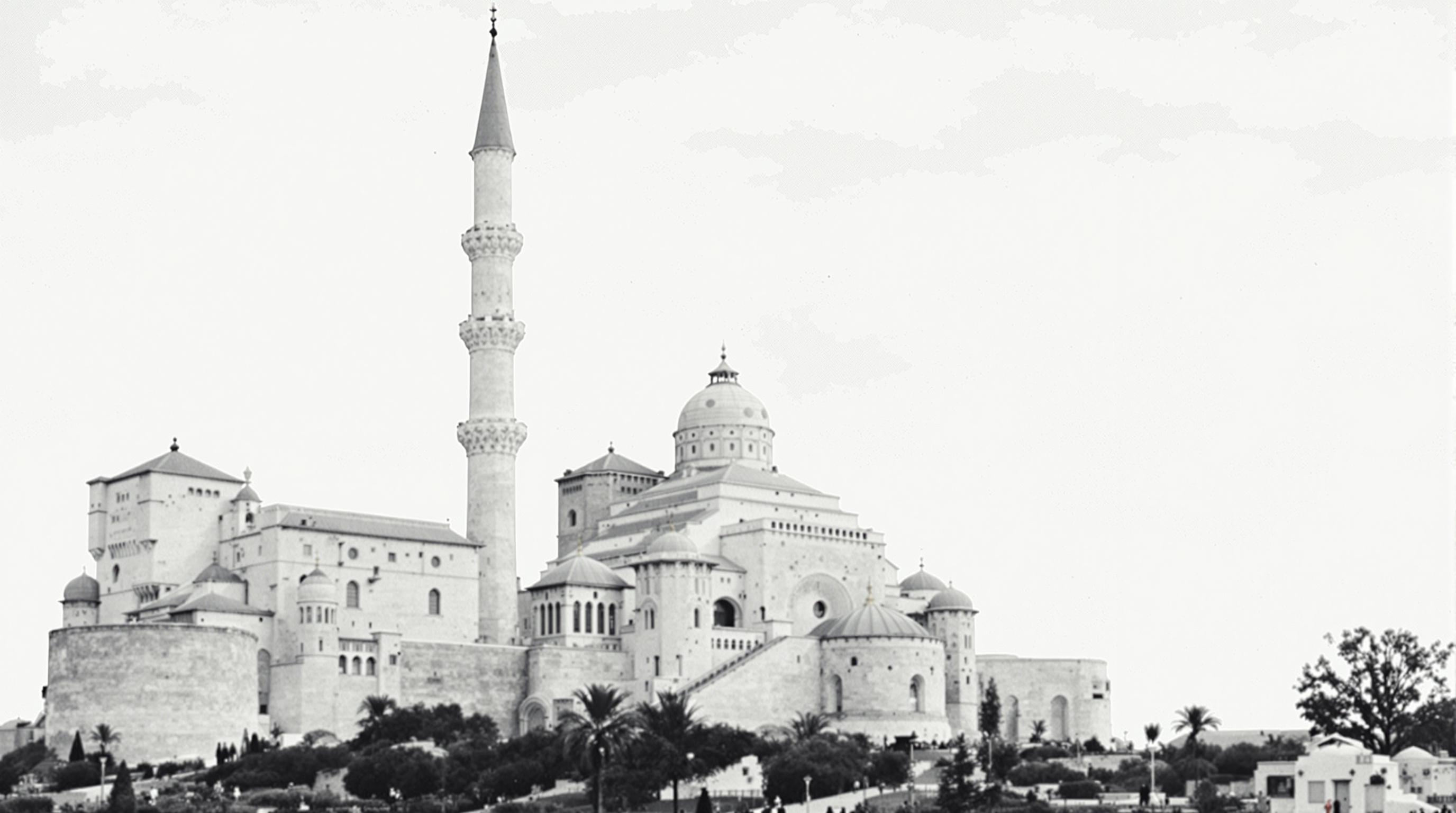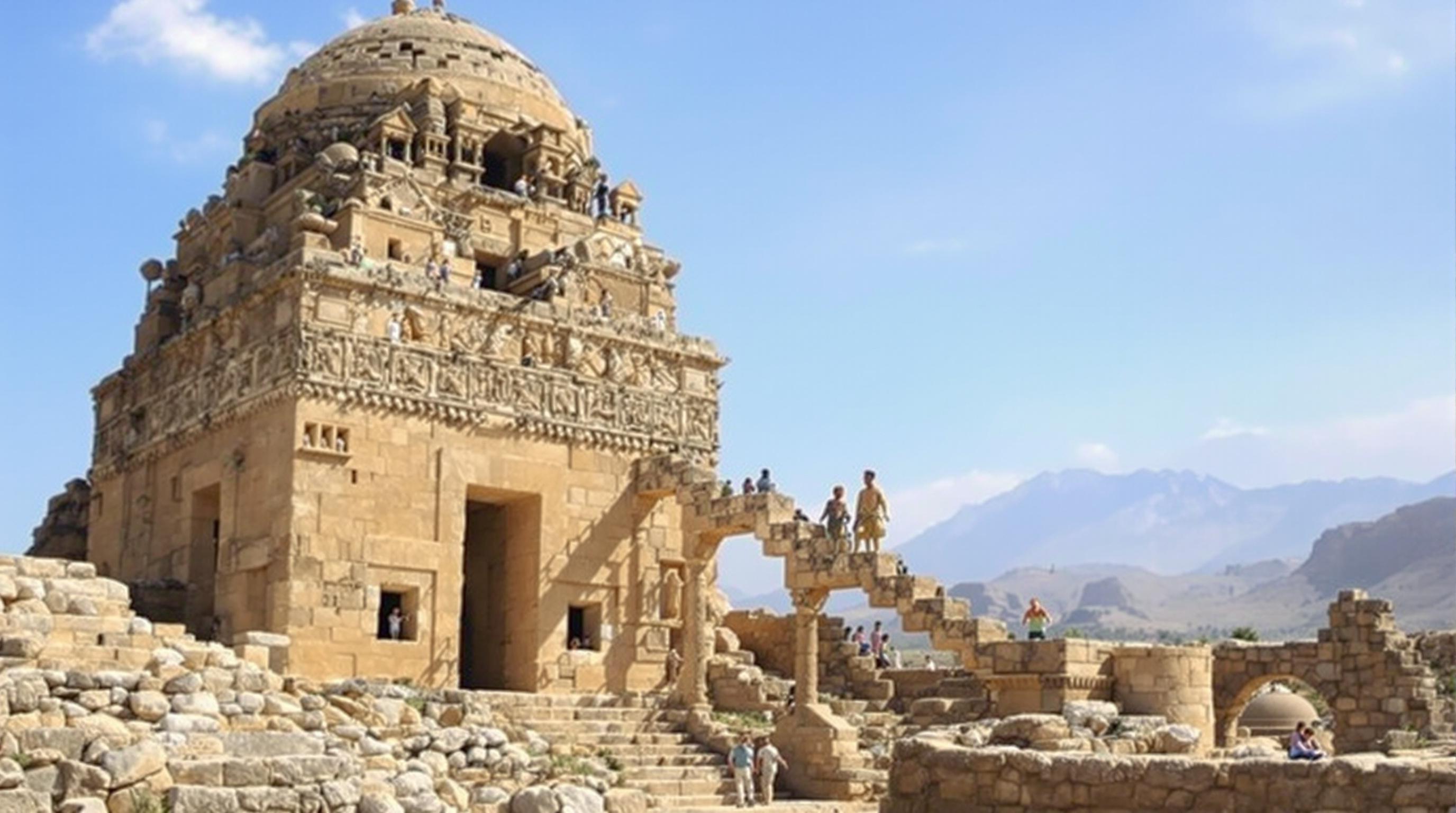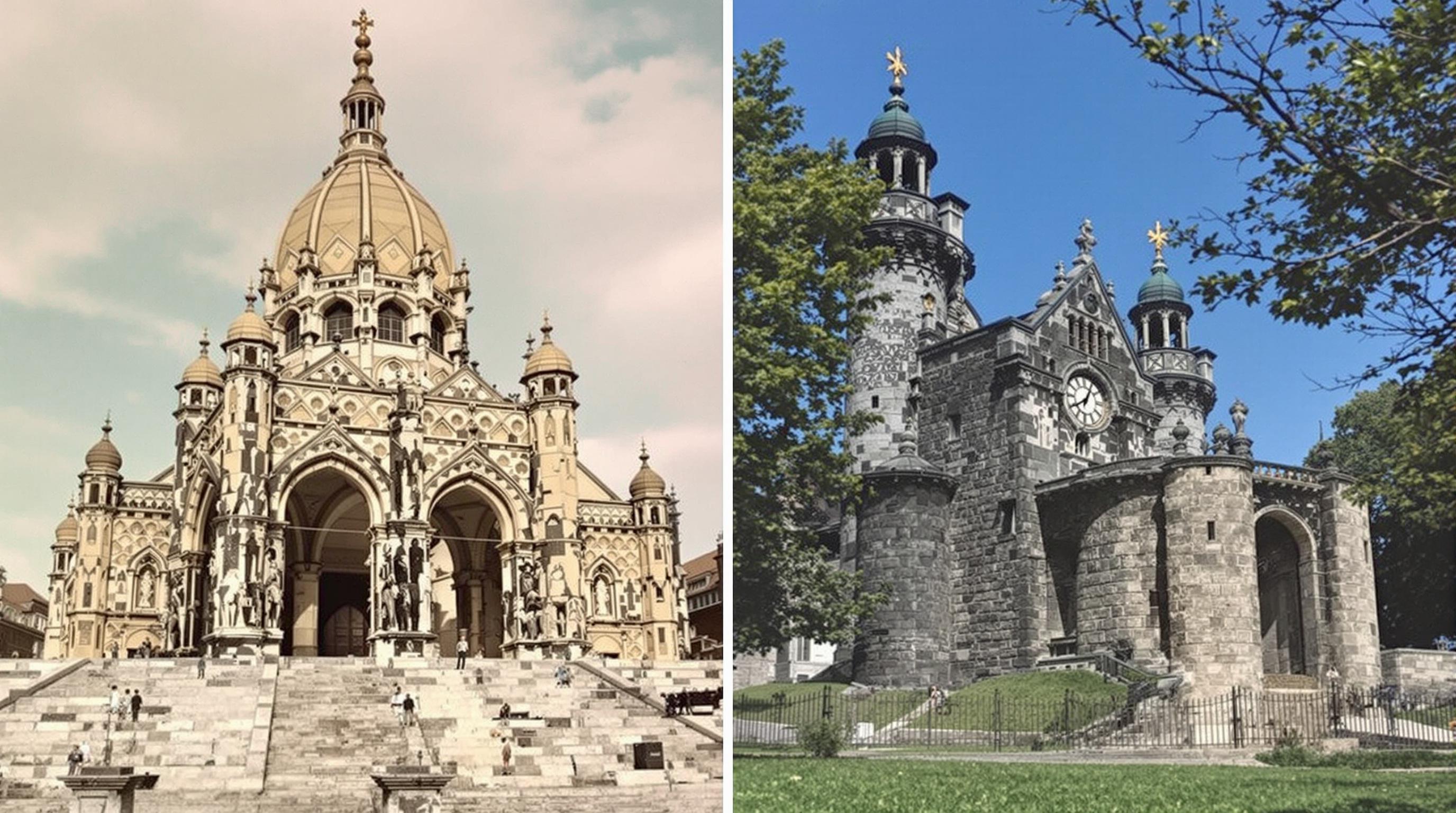Related Articles
- Navigating Ethical Travel: The Role of Arts and Crafts in Supporting Local Economies and Cultures
- Rediscovering Ancestral Routes: How Ancient Trails Offer Insights into Sustainable Travel Practices
- The Ethical Dilemma of Luxury Travel: Splurging or Supporting Sustainable Development?
- Navigating Ethical Dilemmas: The Quest for Authenticity in Local Food Experiences While Traveling
- Beyond the Facade: Exploring the Subsurface Infrastructure of Iconic Historical Structures
- Curiosities Unearthed: The Surprising Connections Between Historic Sites and Modern Art Movements
Echoes of Time: Uncovering the Bizarre Rituals and Practices That Shaped Historic Places
Echoes of Time: Uncovering the Bizarre Rituals and Practices That Shaped Historic Places
The past is a living tapestry woven with unique rituals and practices that defined historic places across the globe. By peeling back the layers of history, we can discover how these eccentricities shaped societies and still resonate today.
Echoes in Stone: The Ancient Practices of Stonehenge
Imagine a chilly morning in Wiltshire, England, thousands of years ago. Around 3000 BCE, prehistoric people gathered at Stonehenge for what we can only assume were awe-inspiring rituals. This monumental structure, with its intricately arranged stones, acted as a calendar, a burial site, and a sacred space all in one.
According to a study by the English Heritage, many of the stones were brought from as far as 200 miles away—a feat requiring incredible communal effort and tenacity. It’s a spark of human collaboration that beckons modern beholders to shrine— how did they do it? The mystery lives on, drawing curiosity and visitors alike, revealing the deep connection these ancient peoples shared with the celestial and terrestrial worlds.
Why Rituals Matter: The Societal Impact
Rituals form the backbone of cultures; they are binding experiences that create identity. According to cultural anthropologist Victor Turner, "Rituals serve to mark the changes in social status, provide social cohesion, and facilitate personal transformation." So, when we look at the bizarre rituals of history, we must understand their role as social glue that held communities together.
Take, for example, the infamous bloodletting rituals of the ancient Aztecs, where individuals would offer their blood as a tribute to the gods. This acted not only as a religious offering but reinforced social hierarchy and allowed the ruling class to maintain control through fear and reverence. Pretty intensive, right?
Conjurings of the Unknown: The Witch Trials
Now, let’s take a whimsical dive into something darker— the witch trials of the 17th century. In Europe, suspicion and fear ruled supreme as entire communities turned on one another, leading to horrific consequences. The trials in Salem, Massachusetts, for instance, were as absurd as they were tragic; accusations based on little more than specters and personal vendettas wreaked havoc, resulting in the deaths of twenty people.
Historians estimate that over 25,000 people were executed across Europe for witchcraft, many of whom were innocent of the charges. Guided by superstition rather than rationality, the rituals surrounding these trials unearthed mass hysteria and left scars on society’s psyche. Today, this serves as a cautionary tale—a stark reminder of how manipulation of belief can lead an entire community astray.
The Conversational Tones of Rituals
Now, shifting gears a bit—let’s chat about the more quirky elements of historic rituals. Who can resist the delightful madness of the annual “Running of the Bulls” in Pamplona, Spain? Bold participants, often looking more terrified than brave, sprint alongside animals that are less-than-enthusiastic about the arrangement.
With roots tracing back to a tradition of moving cattle to market, this modern rendition is as much a festival of adrenaline as a historical echo. Over 200,000 people now gather each July, reporting an estimated average of 15 injuries per year—certainly a bizarre mix of culture and chaos! Because let's face it, where else would you willingly find yourself sharing a narrow street with a bull?
Festivals: A Bizarre Nucleus of Community
Speaking of festivals, they often blend history with hilarity. In Italy, the annual “Battle of the Oranges” takes place in Ivrea, where thousands engage in a massive orange throwdown, dating back to a revolt against a tyrannical figure in medieval times. This colorful battle exemplifies how absurdity can encapsulate deep-seated memories of resistance and triumph.
Statistics show that tourists flock to participate, boosting local economies by millions—who knew throwing fruit could be such a lucrative endeavor? It’s a strange alchemy of history and hilarity that binds communities through shared ridiculousness.
The Spiritual Tapestry of Shamanic Rituals
Now, let’s take a dive into a more spiritual aspect of historic rituals. In the ancient practices of Indigenous tribes across the world, rituals often serve as profound communication channels with the metaphysical. Take, for example, the vision quests among Native American tribes, where individuals would embark on solitary journeys to seek guidance and wisdom.
These rituals, often culminating in spiritual awakenings or revelations, are steeped in nature, symbolism, and culture. Anthropologist and author David Leeming states, “The quest for meaning is innate to the human spirit, and such rituals allow us to explore the vast landscape of our beliefs.” It’s a reminder that rituals are not merely odd behaviors; they carry significant weight in individual and collective identity.
A Connection Across Continents: The Role of Ancient Civilizations
Throughout history, civilizations ranging from the Egyptians to the Mayans constructed elaborate rituals surrounding death, spirituality, and community. Consider the pyramids of Giza, a marvel of engineering. They stand as a testament to the ancient Egyptians’ elaborate funerary practices, designed to ease the passage to the afterlife. It’s reported that around 2.3 million blocks of stone were used in the construction, each carried with meticulous intention.
While the intricate designs serve as more than mere architecture, they encapsulate a belief system that acknowledged death as a transition rather than an end. As modern-day archaeologists uncover more about these practices, we dive deeper into understanding how today’s rituals echo the vibrancy and beliefs of our ancestors.
Case Study: Modern Echoes of Ancient Practices
Fast forward to contemporary society, where rituals may appear diluted but are far from extinct. For instance, the infatuation with mindfulness and meditation owes much to ancient spiritual practices from Eastern traditions. Data collected by the Statista Research Department reveals that around 14% of adults in the U.S. practiced mindfulness meditation in 2021, showcasing how these ancient practices have found new life in modern wellness culture.
It’s fascinating to witness how practices once viewed as esoteric have melded into the fabric of day-to-day living, inviting more minds to explore these ancient ceremonies. This bridge between past and present demonstrates that, while times may change, our quest for understanding and connection remains unwavering.
Strange Practices, Essential Lessons
Ultimately, the bizarre rituals of the past offer valuable lessons for the present. The curious nature of human beings drives them to ritualize experiences, whether for connection, fear, celebration, or understanding. Each bizarre practice—be it ceremonial bloodletting, throwing oranges, or chanting for a vision—is a thread in the vast tapestry of human culture.
As we navigate the complexities of contemporary life, we can delve into this history to enrich our understanding of ourselves and our communities. Reflecting on the strange and beautiful rituals of our ancestors can inspire us to create new forms of connection, while also honoring age-old wisdom. What a fascinating legacy we inherit!
The Power of Participation
So, what should you do with this knowledge? Well, why not find a way to participate in a local traditional festival or craft your own unique ritual? The next time you gather with friends, weave in a playful homage to historic customs— perhaps a goofy Thanksgiving feast that echoes ancient harvest celebrations but with a twist. It could be as simple as a symbolic toast or sharing laughter, creating echoes of your own time in the future!
The past whispers timeless tales of identity and belonging, waiting for us to listen. By embracing the quirky, the bizarre, and the deeply meaningful, we fortify our connection to humanity—a link anchored in the rituals that define us.
In closing, as a 24-year-old writer immersed in the curiosity of our shared history, I encourage you to explore the bizarre rituals that shaped your culture. You might just find an experience that resonates through time, inviting you to create your own echo future.
